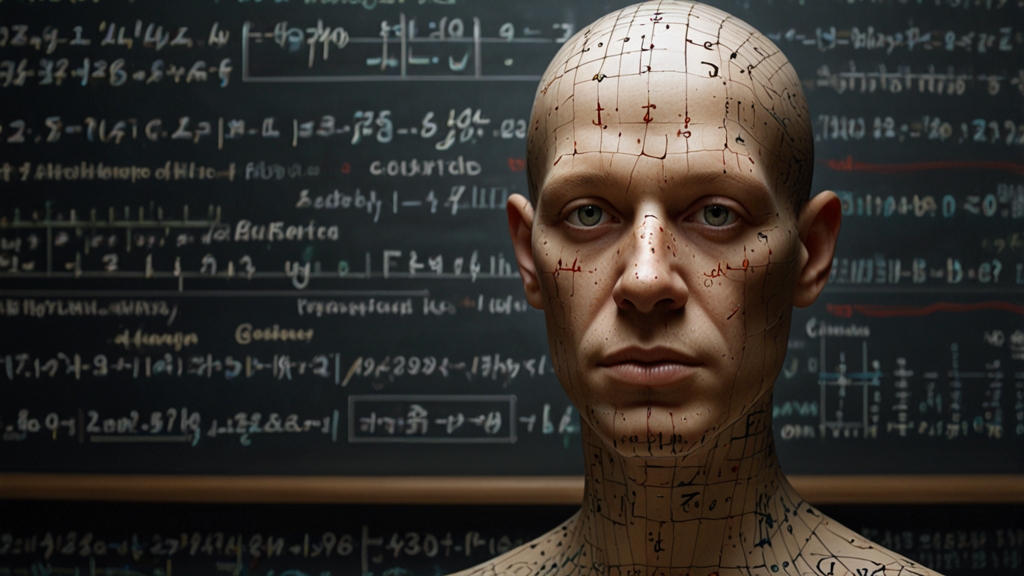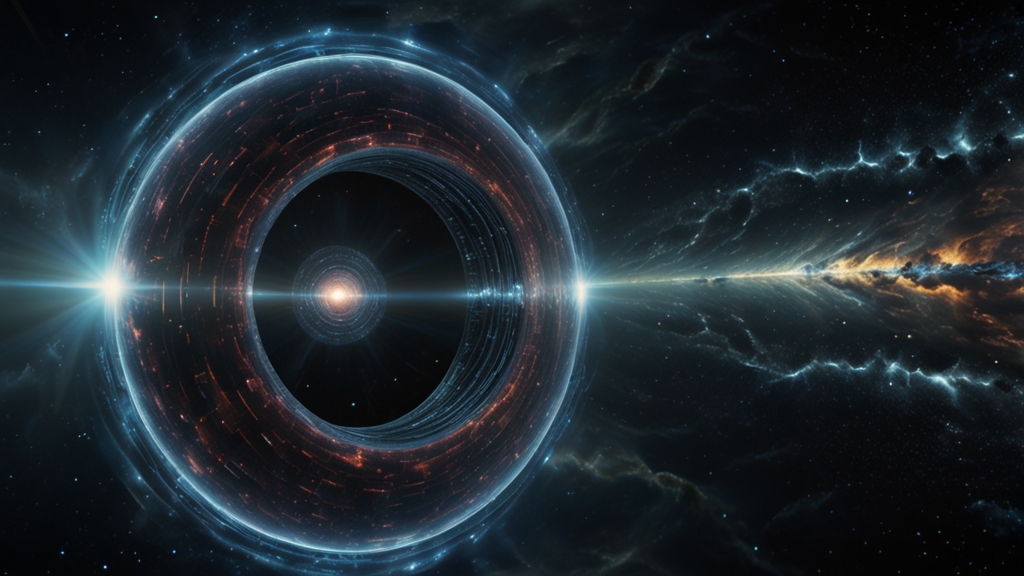How Myth and History Collide in the Story of Crucifixion
The crucifixion of Jesus Christ stands as one of the most influential events in human history, spawning two millennia of theological debate, artistic expression, and cultural reverence. Despite its monumental significance, the crucifixion is a complex tapestry where myth and history intertwine intricately, evoking deep questions about faith, historical accuracy, and cultural impact.
Historical Context
Crucifixion was a brutal form of capital punishment employed predominantly by the Romans in the first century CE. It was reserved for the most heinous of criminals, including insurrectionists and slaves. Historical records, including writings by Roman historians like Tacitus and Jewish historian Flavius Josephus, corroborate the existence and application of crucifixion as a widespread punitive measure during this period.
Jesus of Nazareth, a Jewish preacher and central figure of Christianity, was subjected to this excruciating death around 30 CE. The accounts of his crucifixion are predominantly derived from the canonical gospels of Matthew, Mark, Luke, and John — texts written decades after the events they describe. Despite their theological intentions, these gospels provide crucial details about the historical context and procedure of crucifixion.
The Role of Myth
The mythological aspect of Jesus' crucifixion lies in its profound symbolic meanings and theological interpretations. The crucifixion narrative has been imbued with layers of spiritual significance, portraying Jesus as the sacrificial Lamb of God who dies for humanity's sins. This notion finds echoes in earlier mythologies where deities undergo death and resurrection tales, symbolizing cyclical renewal and divine intervention.
"The mythic mind in ancient times often grappled with life's mysteries through stories of gods and heroes who mirrored human struggles and triumphs. In Christianity, Jesus' crucifixion synthesized these universal themes into a singular narrative of ultimate sacrifice and redemption."
Over the centuries, these symbolic aspects have sometimes overshadowed the historical facticity of the crucifixion. Artistic depictions, liturgical reenactments, and theological discourses often emphasize the mythical and redemptive facets, inviting believers into a transcendental experience that transcends mere historical recounting.
Colliding Realms: Myth and History
The intersection of myth and history in the crucifixion narrative is not without its contentions. Skeptics often view the supernatural elements described in gospel accounts — such as darkness covering the land and the temple veil tearing — as mythological embellishments rather than historical realities. These elements serve to convey theological truths rather than documentary evidence.
Conversely, scholars who affirm the historicity of Jesus' crucifixion point to the corroborative details found in non-Christian sources, such as Roman records and writings by Jewish historians. These sources, while limited, provide an external validation of the basic framework of the crucifixion narrative.
"Historical analysis seeks to uncover the factual bedrock upon which the edifice of myth and theology is built. Understanding the crucifixion in its historical context does not diminish its mythic powers but rather anchors its spiritual significance in the concrete realities of human history."
Implications and Reflections
The convergence of myth and history in the story of crucifixion prompts us to reflect on the broader human tendency to seek meaning beyond the empirical. While the historical aspects anchor the narrative in time and space, the mythical dimensions invite believers into a timeless spiritual journey.
This duality can be both enriching and challenging. For believers, the mythical elements offer a rich tapestry of faith and devotion, facilitating a deeper connection with the divine. For historians and skeptics, distinguishing between myth and history remains a compelling intellectual exercise, pushing the boundaries of our understanding of ancient texts and traditions.
Ultimately, the story of crucifixion continues to resonate precisely because it navigates these intersecting realms of myth and history. It serves as a lens through which we can explore the profound questions of human existence, divine interaction, and the eternal quest for meaning and truth.
"In the mystery of the crucifixion, myth and history are not adversaries but collaborators, weaving a tapestry that captures the full spectrum of human experience and divine mystery."
As we delve deeper into this narrative, we encounter not just a historical event but a mythic saga that speaks to the core of our shared humanity, eternally inviting us to contemplate the mysteries of sacrifice, redemption, and eternal life.









